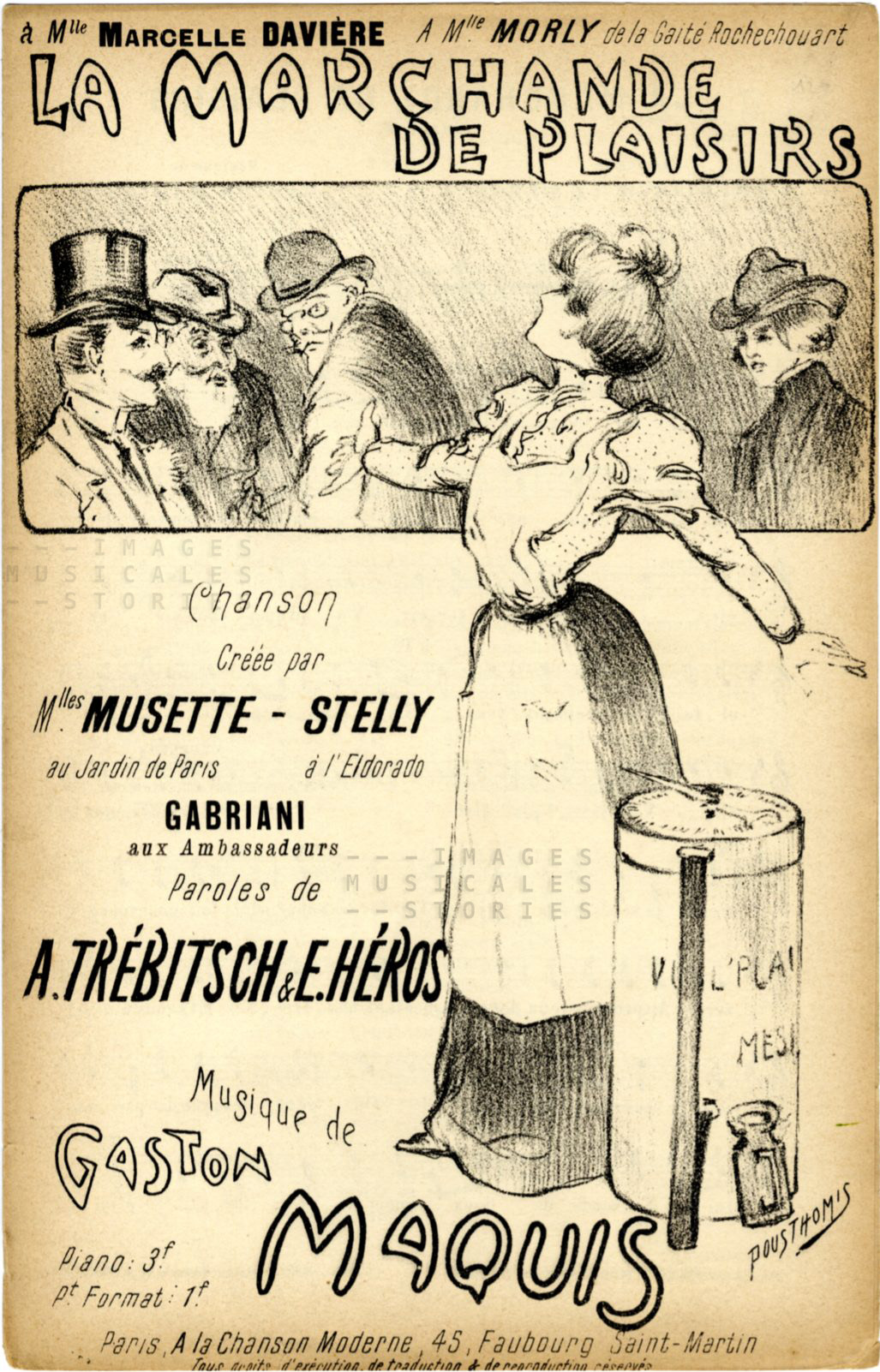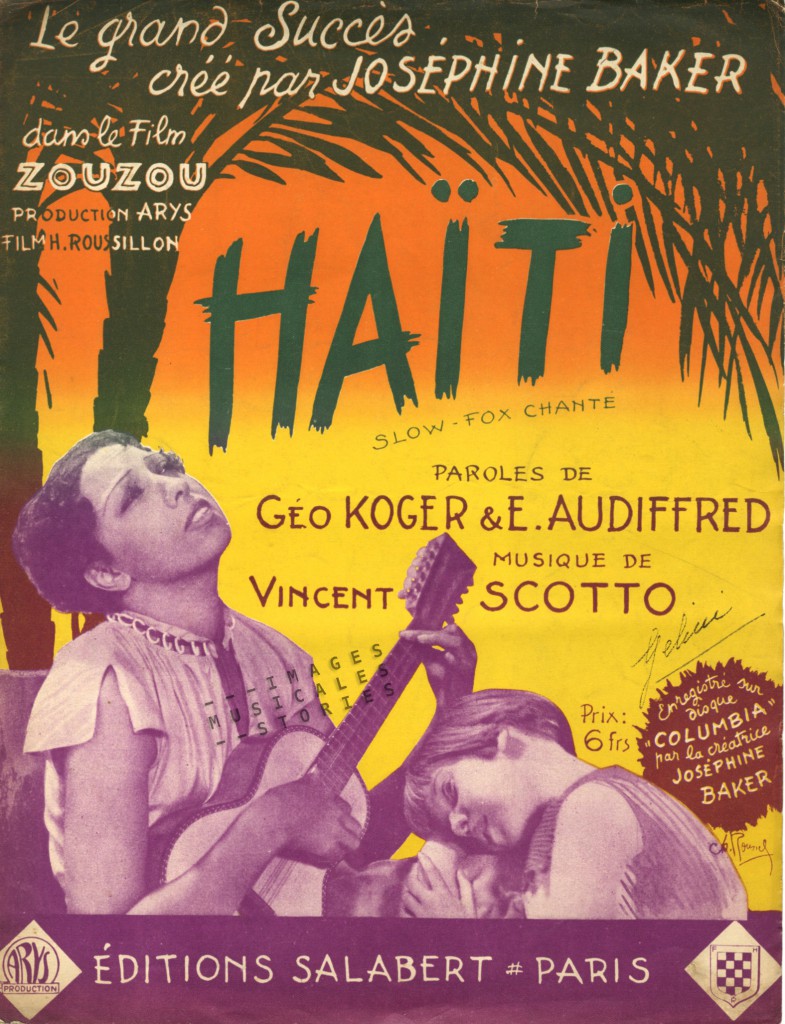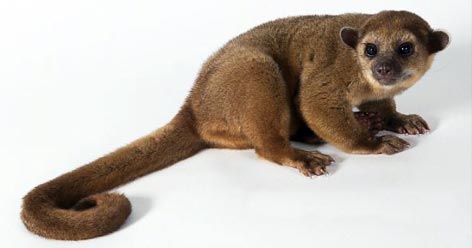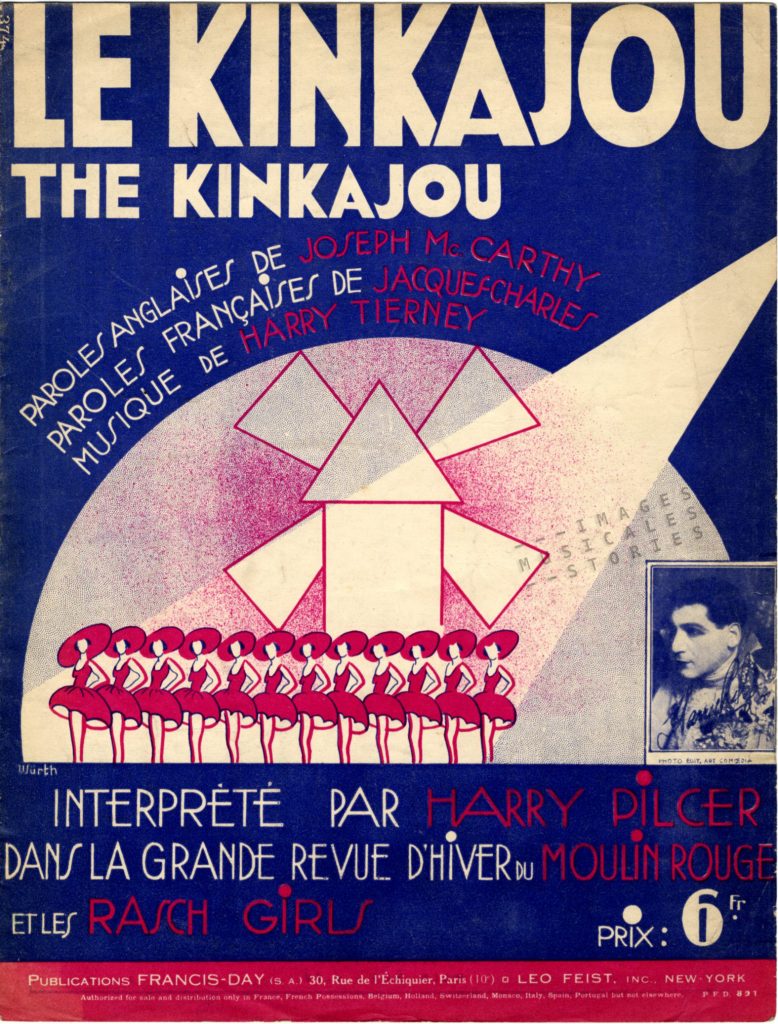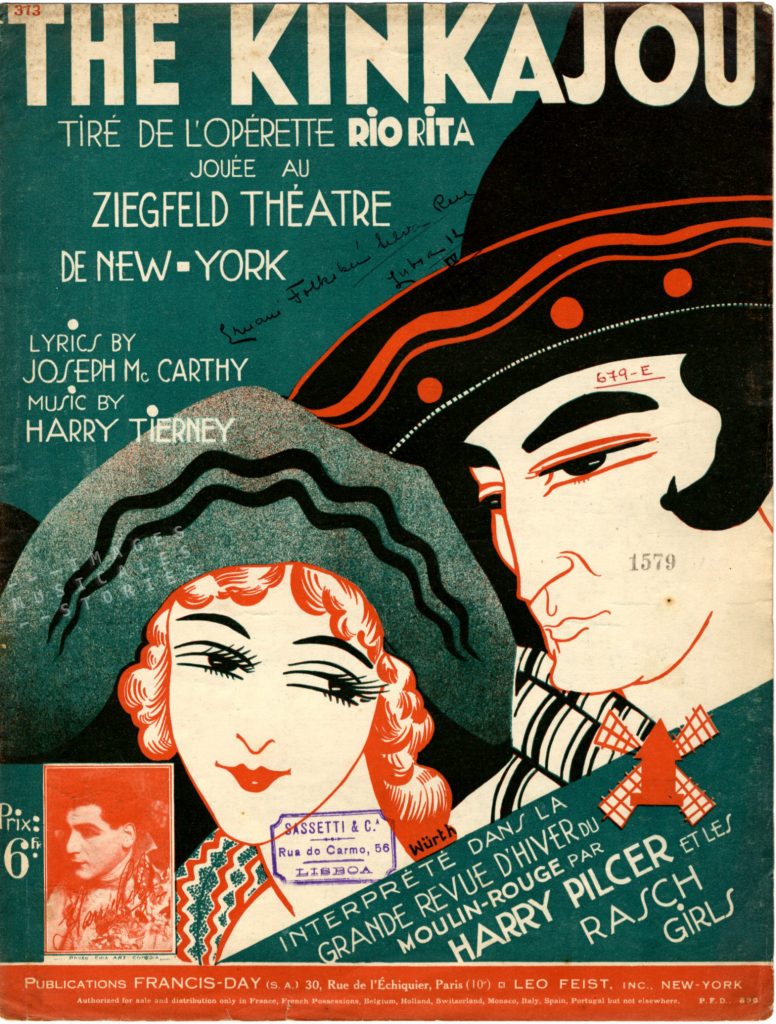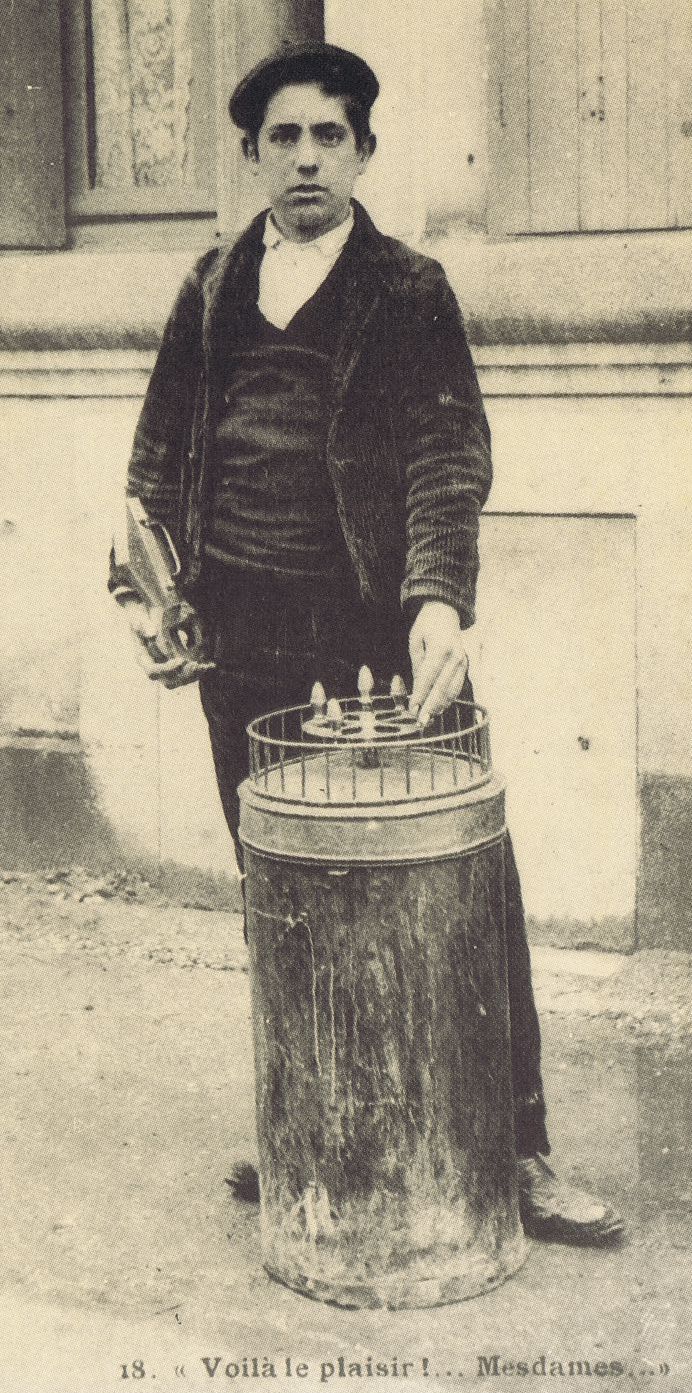
‘Marchands de plaisirs’ were cookie vendors in France. They announced their arrival into villages and markets by rattling a metal handle on a wooden board: clac-clac! They carried and protected their cookies in a large cylindrical container. On the lid of the drum was a roulette wheel. Children, but also elder customers, paid a few coins to spin the wheel that would tell them how many cookies they won.

The cookies were called plaisirs, which is the French word for ‘pleasures’. These were simple very thin wafers rolled into a cylinder or cone.

Recently I saw a wooden variant of the container at The House of Alijn, a museum in Ghent dedicated to everyday life. It thus appears that the game or treat was also popular in Belgium during the late 19th and early 20th century. But in the Flemish variant no wafers were involved: one could win roasted hazelnuts or almond-vanilla flavoured macaroons instead. The device though was cleverly rigged: the odds were higher to win nuts rather than the more prized macaroons.
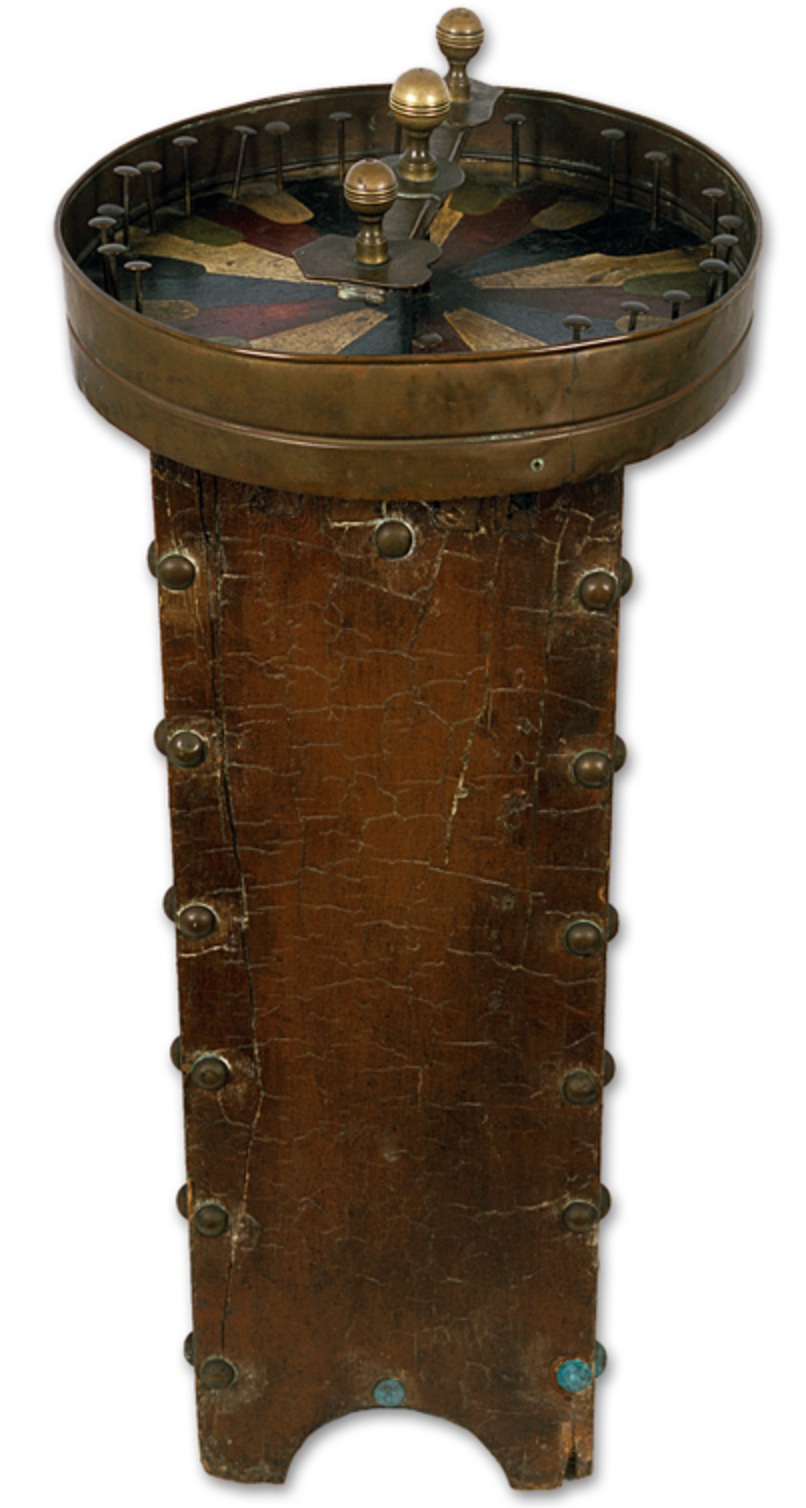
Marchands de plaisirs or ‘pleasure vendors’ have been active in France since the Late Middle Ages. They were then called oublieurs or vendors of oublies, the original name for the cookies of which the origin is closely linked to the bread used in catholic liturgy. Their trade was to wander through the streets of Paris every night and to go into the bourgeois households after supper to offer their wafers as desert. However, under the pretext of an innocent cookie-lottery, many of them organised illegal high-stakes gambling and some of them even robbed their patrons. So oublieurs became known as rascals, crooks and thieves. Soon the police forbade these con men to enter the houses at night and imperceptibly the oublieurs vanished. They were succeeded by the marchands de plaisirs who sold their wafers in the public space.
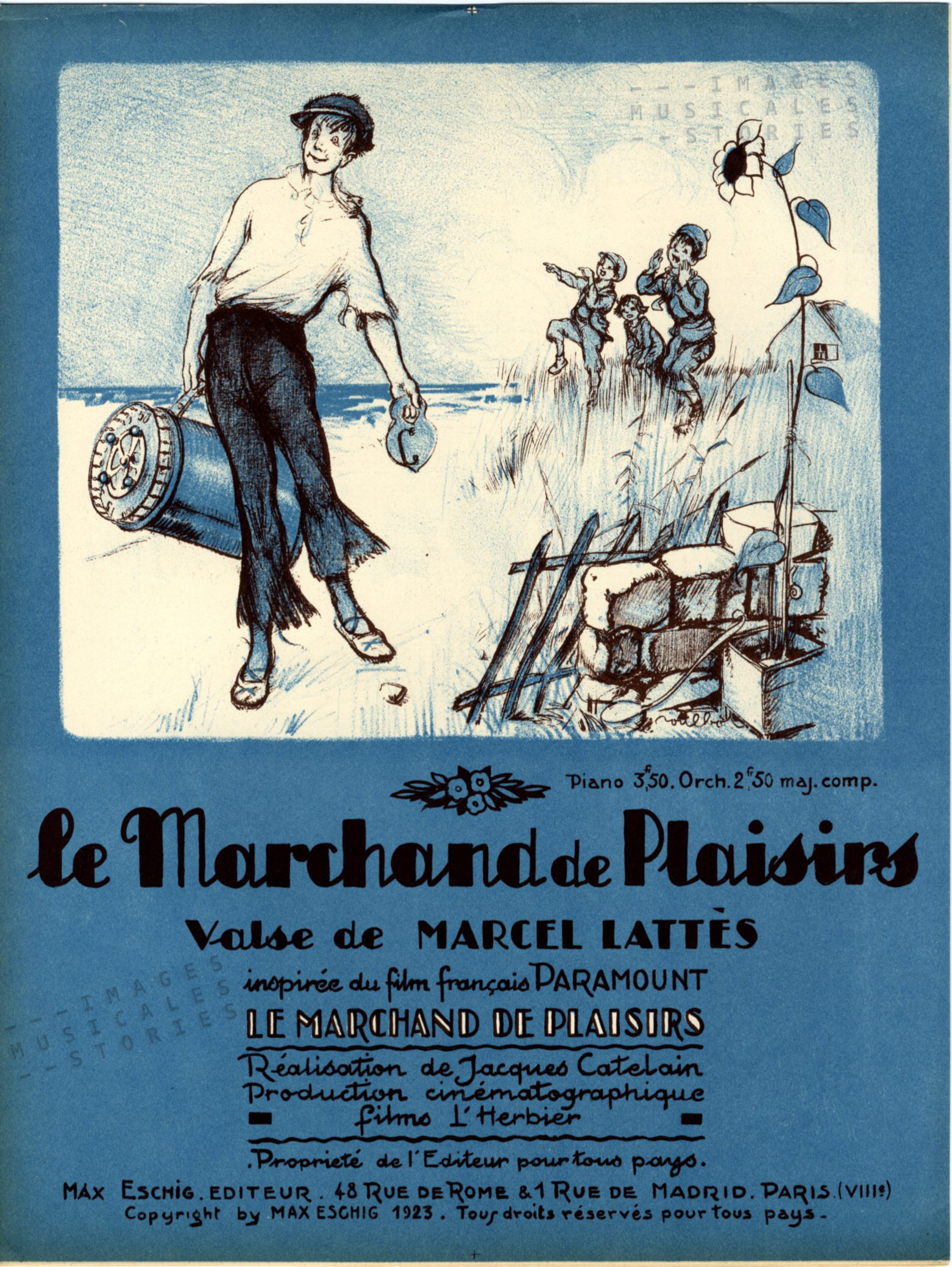
The lifestyle of the vendor of pleasures inspired the imagination of songwriters and storytellers. Le Marchand de Plaisirs is a waltz composed in 1923 for a silent movie with the same name. The dashing actor Jaque Catelain, who also played the leading role of the vendor named Gosta, directed it. Gosta is a poor young man with an alcoholic father and a ragged mother. He falls in love with a beautiful and rich lady. When his father breaks into her home to steal, Gosta shoots him dead and returns the loot to the beautiful lady. She is thankful to Gosta but marries her rich fiancée –also played by Catelain- who is the spitting but nonetheless more sophisticated image of Gosta. In short, the perfect plot for delicious late night television.
The composer of the waltz is Marcel Lattès who was murdered in Auschwitz in 1943. The sheet music cover for Le Marchand de Plaisirs was illustrated by the Montmartre personality Francisque Poulbot who also designed the film poster.
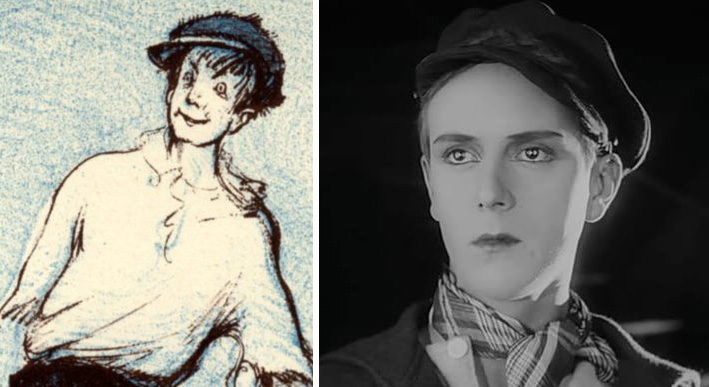
The cover for Gaston Maquis’ song about the female vendor of pleasures was created by one of our favourite illustrators: Léon Pousthomis. His sharp drawing makes it perfectly clear that her all-male clientele is not interested in buying cookies but in another kind of pleasure. Are they game enough to spin her wheel?
